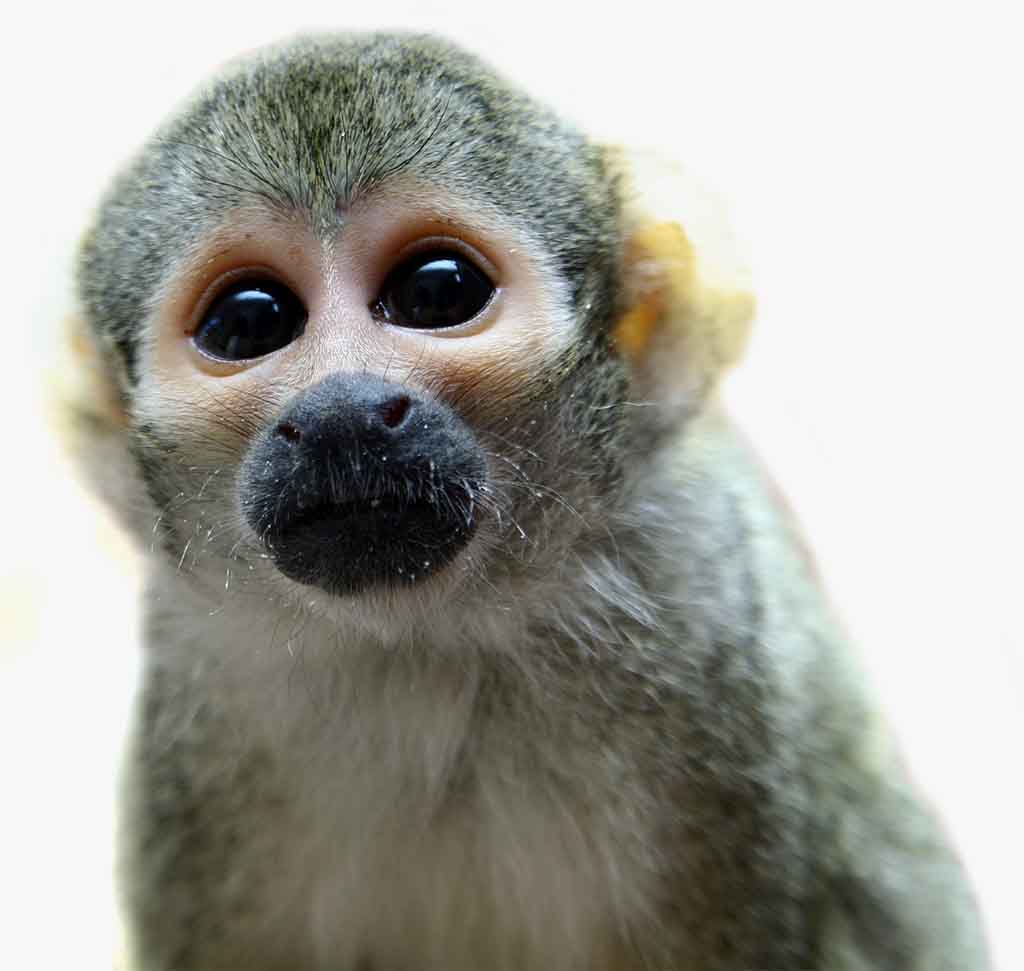The spectacled caiman (Caiman crocodilus), also known as the white caiman, common caiman, and speckled caiman, is a crocodilian in the family Alligatoridae. It is brownish-, greenish-, or yellowish-gray colored and has a spectacle-like ridge between its eyes, which is where its common name come from. It grows to a length of 1.4–2.5 metres (4.6–8.2 ft) and a weight of 7–40 kilograms (15–88 lb), with males being both longer and heavier than females. Its diet varies seasonally, commonly consisting of crabs, fish, mammals, and snails. Breeding occurs from May to August and 14–40 eggs are laid in July and August. This crocodilian has a large range and population; it is native to much of Latin America, and has been introduced to the United States, Cuba, and Puerto Rico.
The spectacled caiman was described by Carl Linnaeus in 1758, originally as Lacerta crocodilus. It has since been redescribed several times, including as Caiman sclerops by Schneider in 1801. Although Caiman crocodilus is now the scientific name of the species, some scientists still prefer using sclerops, as having crocodilus as the scientific name for a caiman may cause confusion.
Native to Brazil, Columbia, Costa Rica, Ecuador, Mexico, Peru, Trinidad, Tobago and Venezuela, this very adaptable creature that can thrive in many habitats.
They are carnivores and eat birds, small mammals, insects, fish, crustaceans, amphibians and molluscs.
25 years.
Least Concern.
The Spectacled Caiman is a small to medium sized crocodilian that gets its name from the bony ridge above the eyes that gives it the appearance of wearing spectacles. Adults are olive green in colour with a lighter underside and juveniles are yellow with black to brown bands.
